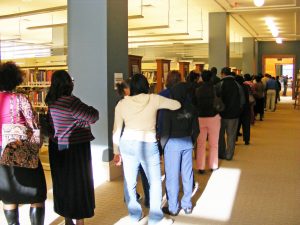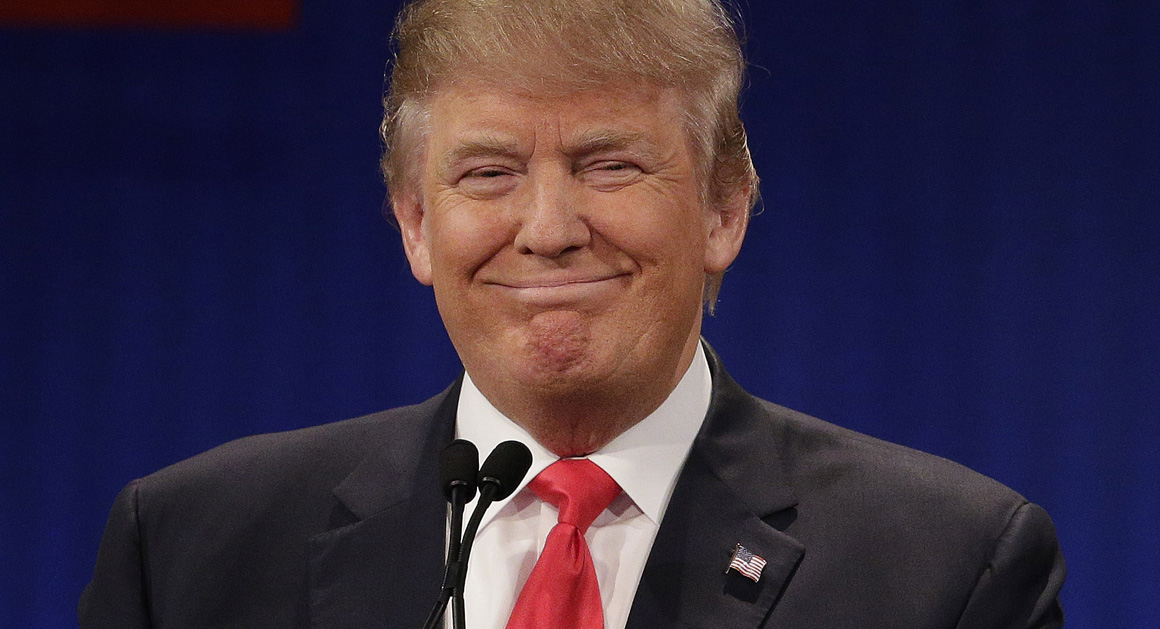By: Alexander Sileo
The current election season is dominated by controversial policy proposals which never receive enough attention, unfortunate gaffes which receive too much attention, and inconsistent polls that often have conflicting results. Many different news segments will be shown from now until November about which candidate will be the best choice for the country in terms of economy and foreign policy. Voters, however, should take a step back and consider not just who to vote for, but also how voting works in this country. The Electoral College has been a part of the United States’ election process since the signing of the Constitution, but it may no longer be needed.
The Electoral College has been controversial since its inception. During the Constitutional Convention, states argued for various processes to elect the President of the United States. One of the initial plans, drafted by James Madison, the “Father of the Constitution,” and supported by Virginia, argued that the President should be elected by Congress. This Virginia Plan also argued that states should have representation in Congress based on their total populations. This was vehemently opposed by the smaller states that backed the New Jersey Plan for fear of losing influence. The New Jersey Plan called for the legislature to have an equal number of representatives from each state.
After the two opposing sides reconciled, they settled on the election of the president by representatives from each state equal to the number of seats that state held in Congress; it would have two chambers, one with equal representation and another with proportional representation, to appease each group of states. This institution came to be known as the Electoral College. The Electoral College has since led to various conundrums throughout the history of the United States. In 1968, for example, President Nixon won 301 votes through the Electoral College to Hubert Humphrey’s 191. This was despite the fact that Nixon won only 500,000 more votes than Humphrey. In 1876 and 1888, the winning candidates did not even win the popular vote.
Perhaps the most cited example of the problems with the Electoral College is the recent 2000 election between Republican George W. Bush and Democrat Al Gore. The controversy over Florida’s electoral votes eventually resulted in Bush becoming president despite receiving over 500,000 less votes in the popular vote for the entire country. The main disagreement was over the vote count in a handful of counties. News broadcasts also exacerbated the situation by frequently making incorrect announcements about the winner of each county and the state. Eventually the Supreme Court stepped in and essentially ruled the election in Bush’s favor after examining the legitimacy of the recount in Florida.
The 2000 election, as well as the elections in 1876 and 1888, shows that in extreme cases, the Electoral College can depict different results than the popular vote. The Electoral College can essentially make the popular vote irrelevant. Campaigns then concentrate their efforts on winning the Electoral College rather than the majority of American voters. This is what causes swing states to be important.
President Barack Obama has no desire to campaign in Alabama because the state is largely conservative. He would never win the electoral votes in Alabama so his campaign would choose to spend its resources elsewhere. Election campaigns will focus their efforts in states that are “up for grabs.” In this election, Ohio plays an important role; there are a large number of electoral votes and the possibility that the state could vote for either President Obama or Republican nominee Mitt Romney. Citizens in these states also tend to care about voting more as their small amount of votes are extremely important. During the 2000 election, for instance, Florida was decided by a few hundred votes out of millions of votes cast. As a result, voter turnout is generally higher in swing states as citizens have a larger incentive to vote.
This arrangement disenfranchises voters in other states that are already more clearly decided. If Romney is guaranteed to win Alabama, why should a Democrat vote there? These voters may stay at home and be left out of the democratic process. The voter’s choice will not affect the outcome of the state and will have no effect on the overall national election as the Electoral College takes precedent over the popular vote. At best, a Democrat in Alabama can hope to change the results for county officials.
If the nation’s goal is to be a truly representative democracy, then the election process should be changed to a system where the popular vote decides the election. This would allow voters to have an equal voice in national elections regardless of their geographic location. The entire nation, and not a handful of swing states, should decide who becomes President of the United States. Critics of a popular vote system argue that candidates will only focus on urban cities or areas where they are strongly supported so that they can increase turnout. Rural areas and more contested locations will be left alone. The popular vote, it is argued, could only create a new problem, rather than fix the current one.
Social media and new technologies, however, make it possible for candidates to be heard nearly instantaneously. A video of Romney at a private fundraiser or a transcript of President Obama’s remarks at a campaign stop can go viral and be seen by thousands through the internet alone. News media outlets can also reach many voters regardless of where the candidates are. Urban politics is still an issue that affects campaigns, but it is becoming less of an issue as the political process becomes decentralized. Nominees are no longer decided by rich men in a back room smoking cigars.
Technology means that a candidate can say something in New York and be heard in Kansas. Votes are affected across the nation no matter where a candidate campaigns. The popular vote will make it possible for these changes in voting behavior to affect the outcome of the campaign, rather than simply change the vote for an unpopular candidate in a non-swing state from forty two to forty three percent. Swing states will lose their importance, but rural areas will still be significant despite the lack of eligible voters in one single geographic area. Potential rural voters will be able to access the candidates in the same way that millions of potential voters in urban areas will access the candidates. Voters will also have more incentive to vote as they now have the opportunity to change the results of the national elections.
The United States is the only country in the world that elects a president with executive powers through an indirect election. An election that utilizes the popular vote will lead to increased voter participation and to a more significant voice for voters in non-swing states. It will eliminate the possibility of discrepancies between the popular vote and the unnecessary Electoral College, and be better for America as a whole.

